Lemon Baking Recipes
|
Scroll
Down For More Recipes |
Click
Picture For Link to the Above Featured Recipe
When
you think about it, lemons are the perfect fruit. Always
available, reasonably priced, consistent quality, long lasting, good
looking, outside as valuable as inside, enhances the ingredients it
comes in contact with, and is just as useful in cooking as it is in
baking. And if that weren't enough, its virtues within the
household are many. Margaret Visser in 'Much Depends on Dinner'
tells how it is used as a bleach, a cleaner for wood furniture and
silver, a remedy for sore throats, upset stomachs, asthma, and even
rheumatism.
Women as far back as Louis XIV's court used to eat
lemons to freshen their breath and redden their lips.
Waverley Root in 'Food' tells of the Roman belief that eating a
lemon is the antidote for all poisons. He tells the story of how
two criminals were said to have been thrown to venomous snakes but how
the one criminal who had eaten a lemon beforehand survived the snake
bites.
Long before we knew
that lemons contained Vitamin C, sailors ate them on long sea voyages to
prevent scurvy. Christopher Columbus carried lemon seeds on his
travels to the New World and planted them when he stopped in Haiti. The Portuguese are credited with bringing the lemon to Brazil (about
1540) and the Spaniards for bringing it to Florida (about 1565).
By the 1730s Spanish Friars had started to grow lemons in California and
by the 1850s cultivation in California was widespread. In fact,
California has such perfect growing conditions that it now produces most
of the lemons sold in North America. ...... Continued below
|
|
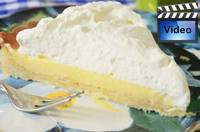 |
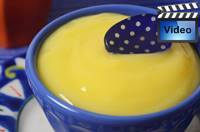 |
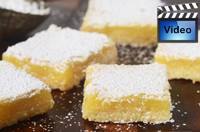 |
|
Lemon Tart |
Lemon
Curd |
Lemon Bars |
|
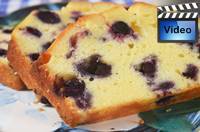 |
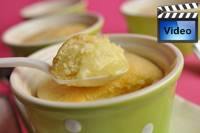 |
 |
|
Lemon Blueberry Bread |
Lemon
Sponge Pudding |
Lemon Meringue Tart |
|
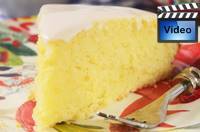 |
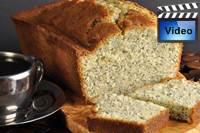 |
 |
|
Lemon
Frosted Lemon Cake |
Lemon Poppy Seed Bread |
Lemon Blueberry Streusel Muffins |
|
 |
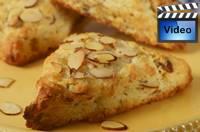 |
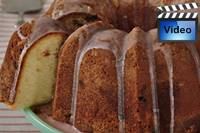 |
|
Frosted Tea Cakes |
Lemon Ginger Scones |
Lemon Cranberry Pound Cake |
|
 |
 |
 |
|
Lemon Sherbet |
Strawberry
& Lemon Curd Trifle |
Lemon Curd Tart |
|
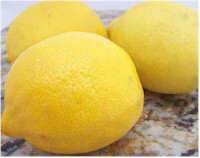 |
|
|
|
Lemons |
|
|
|
|
Continued from above.
Unlike apples and
oranges, lemons are almost never labeled by variety. There are, in
fact, two popular commercial types; the Eureka and the Lisbon.
Producers probably don't bother labeling the varieties because they are
so similar in size, color, and acidity. The beauty of the lemon is
that its outer skin (rind) is just as valuable as its juice. The
skin contains the lemon's oils and perfumes and even before we had
graters, Elizabeth David's in "An Omelette and a Glass of Wine" said
that "one of the best lemon graters is lump sugar, although Hannah
Glasse (The Art of Cookery Made Plain and Easy, 1747) directed her
readers to grate lemon skins with a piece of broken glass".
When buying lemons always keep in mind when you want the lemon's zest to
look for lemons that have a rough thick outer skin. These lemons
have lots of zest that is easier to remove than it is with thin skinned
lemons.
No matter the time
of year lemon desserts are always welcome. They are just as
refreshing in the heat of summer as they are after a heavy winter's
meal. Here are a few of my favorite lemon desserts.
Sources:
David,
Elizabeth. An Omelette and a Glass of Wine. New York: Elisabeth
Sifton Books Viking, Viking Penguin Inc. First American Edition 1985.
Davidson, Alan and Knox, Charlotte. Fruit. New York: Simon &
Schuster, 1991.
Davidson, Alan.
The Oxford Companion to Food. Oxford: Oxford University Press,
1999.
Harrison, S.G., Masefield, G.B., and Wallis, M. The Oxford Book of Food
Plants. London: Oxford University Press, 1969.
Kiple, Kenneth
F. and Ornelas, Kriemhild
Cone?/font>,
The Cambridge World History of Food. Cambridge, Cambridge
University Press, 2000.
Mariani, John F.
The Dictionary of American Food & Drink, New Haven and New York:
Ticknor & Fields, 1983.
Root, Waverley, Food. New York: A Fireside
Book, 1980.
Visser,
Margaret, Much Depends on Dinner. New York: Grove Press, 1986.
|